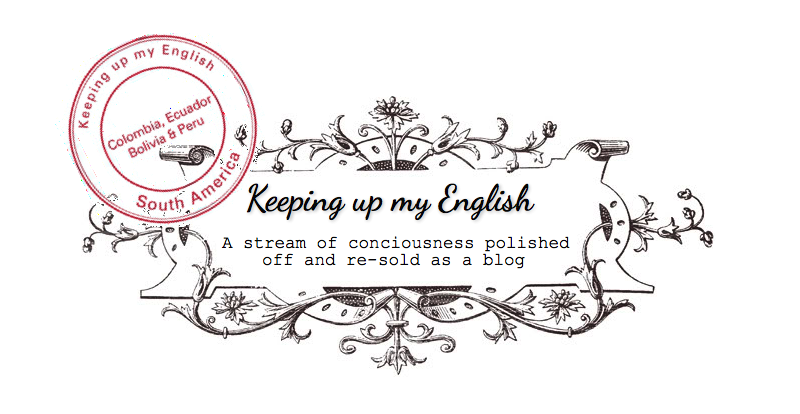It was a long old slog, 7 hours to be precise, but we did it!
I will start with the important bit; with everyone's help, I have raised over £700 for British Heart Foundation, currently sitting at £705 and still climbing! This is pretty incredible. I have been knocked sideways by how generous people have been and can only say a big huge massive awesome THANKYOU to everyone who has contributed! I'm quite proud really.
So, my cycle buddy, Alice, and I set off at 8:45 to claim our places at the start line for 9:30. The
 |
| Start line at 9:30 |
 |
| Traffic! |
Once we left the red lights of urban London, the queues had a new root: hills. We began to get some speed up on the flat bits, with crowds building at the foot of the slightly more challenging inclines. At the beginning, this was quite frustrating, as the slow movement meant either trying to keep balanced on the bike, or getting off to push. After two hours, we had a quick stop at the 10 mile-mark. This was rather disheartening as in training we had managed to cover much more ground in the same time.
 |
| Bacon butties |
From here on in, however, it picked up. At three hours, 20 miles, we skipped the over-run BHF refreshment stop in preference for a local stand doing bacon butties and a cuppa. With a new fire in
our hearts and food in our stomachs, we pushed on through the now more spread out crowd and our next stop came at 36 miles. This section had been the bit I was fearing, as I knew fatigue may set in, but was pleasantly surprised that it was the bit I enjoyed the most, with good countryside views, nice slow inclines, some down-hills to balance and light crowds. I quickly wolfed a sandwich for sustenance and we pushed on to make up time. At 44 miles, we knew that the dreaded Ditchling Beacon was approaching, a vertical finger on the contours map that we had been given. We also knew that this was the last major push before our descent into Brighton. I saw it approaching over the hills, it looked awful! |
| Beacon approaching! |
The beacon was a killer, I tried but I didn't make it to the top on my bike, alongside the majority, and the push up was not much easier! Alice, however, rode on like a trooper and beat the beacon on her bike. Once again, it was havoc going up the hill, I saw a man fall off his bike sideways onto the verge, only to be pretty much run over and shouted at by angry people losing their rhythm. Perhaps understandably irritated, but far from sympathetic!
 |
| The view at the top! |
Once at the top, the views were incredible; fields green and lush stretching out in all directions, with the Brighton coastline just beginning to peak out between the hills. The slide down the other side of the beacon was delicious, wind flying through our hair and the elation of the finish line approaching.
 |
| Finish line |
A final 30 minutes of queues hit us at the bottom of the hill, mostly due to a resurgence of red lights but it didn't take long to get to the finish line, which was set-up next to Brighton pier. We crossed at 4:30pm, high-fiving all the kids holding out their hands. It was a pretty good feeling! Medals on,
water in hand, sea lapping, we headed straight for a good old fashioned fish and chips. It really was worth it! |
| Fish'n'chips! |
So, all that's left to say is another huge thank you for all the donations, they definitely inspired me to push on through the tougher bits towards the end. I intend to keep cycling, hopefully tackling London - Paris next year and maybe a cycling holiday in between.
The sponsor page will stay open in case anyone feels a last minute donation is on the cards!!
If anyone fancies a two-wheeled pootle any time soon, give me a buzz!
If anyone fancies a two-wheeled pootle any time soon, give me a buzz!
Big love and thanks
Corks


















